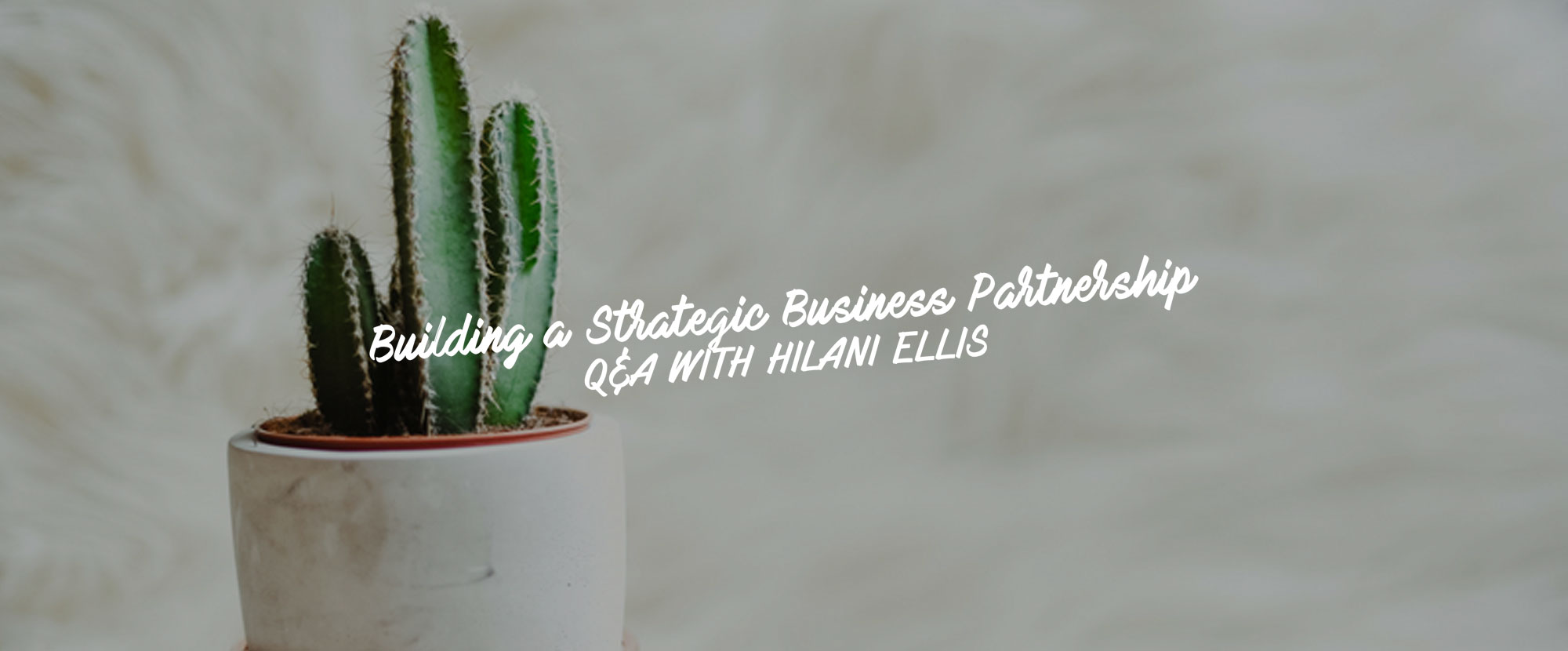Building a Strategic Executive and Executive Assistant Relationship
Q&A with Hilani Ellis, Assistant Matchmaker
The relationship between and executive and the executive assistant must be strategic in order to be successful. Although the relationship needs to be continuously fostered over time, much of success lies in the initial pairing. With both corporate and entrepreneurial background, Hilani Ellis, Founder of Exceptional Admins, LLC, has often been referred to as an “assistant matchmaker” due to her unique and effective placement technique which has proven to lend hand helping businesses thrive.
We turn to Hilani to unravel what truly goes into the pairing process when matching an executive and executive assistant. Furthermore, we turn to her to provide insight on the steps that must be taken from both parties to form a strategic business partnership.
What factors come into play when matching an assistant with an executive?
Making sure the potential assistant has a solid history of administrative experience is key but this is not the sole focus. While skills are important, personality and mindset should be viewed at the same level of importance. When individuals view situations as a whole, emanate a proactive mindset, and share experiences that express teamwork, you’re able to identify a well-rounded individual. When an individual has a great mindset, their skills will naturally expand. In discovering more about the person, through detailed discussions and interactions, you’re able to pick up on traits and tendencies that connect to the executive. With that, learning much about the executive, such as communication style, career achievements and challenges, plus going-forward goals, you have better guidance for tying out skills of the assistant, skills that would help support and move along objectives.
How would you describe a successful relationship between an EA and their executive?
When two minds become one. A successful partnership is born when the executive assistant has adopted the mindset of their executive. At the first point of hire, the organization and executive should view the partnership as long-term. In doing so, they invest more of themselves into the partnership which through time increases synergetic thinking.
How does the success between an executive and the assistant effect the organization as a whole?
A big part of an executive’s focus is executing objectives, whether leadership driven or bottom line. When an assistant adopts those objectives, and believes in the value, the two are collectively working towards achieving those objectives. The impact of that cohesiveness is felt positively throughout teams and the organization.
What steps must be taken, in your opinion, to build trust and respect with your executive?
When an EA’s personality displays a sense of integrity and humble characteristics, they show their executive they are trustworthy. When an EA has great listening skills, they show their executive they are compassionate. When an EA is a clear communicator, they share they are confident. These key qualities in a person naturally express that trust and respect are their thing.
What steps should the executive take to ensure the success of the partnership and to ensure effective utilization of their assistant?
For the assistant, when they are new to a role, and excited about the opportunity, I always share the effective way to gain your executive’s trust is by shadowing. Ask to shadow during a task that you clearly know you are capable of handling. Offer to shadow three times, and after the third time, ask your executive if you can take on the task independently, because you’ve taking effective notes each time.
For the executive, be open and willing to educate. It’s wise in the first 30-days to refrain from BCCing your assistant. It’s wise to send the email like normal, then FWD it to the assistant with clear direction. In doing so, both parties have clear lines of communication.
Once a great partnership is created, what’s most effective for continuing collaboration and effective communication?
At the point of cohesiveness, the assistant is able to work 75% independent of the executive. It’s great when the executive and assistant still make time to connect, uninterrupted, once a week. This time is a great way to jot down objectives and review completed assignments. It’s also encouraged, for relationship building, it be over coffee or lunch. It’s common in the profession to pick Mondays but I often inspire both parties to choose a Friday. Why? On Monday morning, there’s a lot to tackle and it’s more powerful to hit the ground running, plus, Mondays have a higher percentage of out-of-the-office activities. With a Friday, you’re able to discuss happenings from the week, make clear objectives for the new week, and the best part, ease over-the-weekend worries about work.
Hilani stresses the importance of the first 30-days of employment with a new executive. Use this time to build the framework for the relationship moving forward. Building a lucrative partnership comes from implementing effective routines and clear communication from the get-go. Only then can a relationship be built that truly benefits the business unit as a whole.
![]()
The Executive Leadership Support Forum works tirelessly to prepare EAs to tackle any delicate relationship. Alongside dedicated speakers, attendees share their most effective tips to achieve organizational and professional success. To learn more about supporting more than one executive, managing and motivating an admin team, or other high-level topics for those supporting the C-suite, attend an Executive Leadership Support Forum near you!
New York City September 12-13
Dallas October 22-23
Houston October 25-26
Phoenix October 31-November 1
The Executive Leadership Support team is endlessly thankful for all of the past, present, and future attendees.
For more information on how the Executive Leadership Support Forum can provide you the professional development to succeed within your career, visit our events page: www.elsforum.com/events



